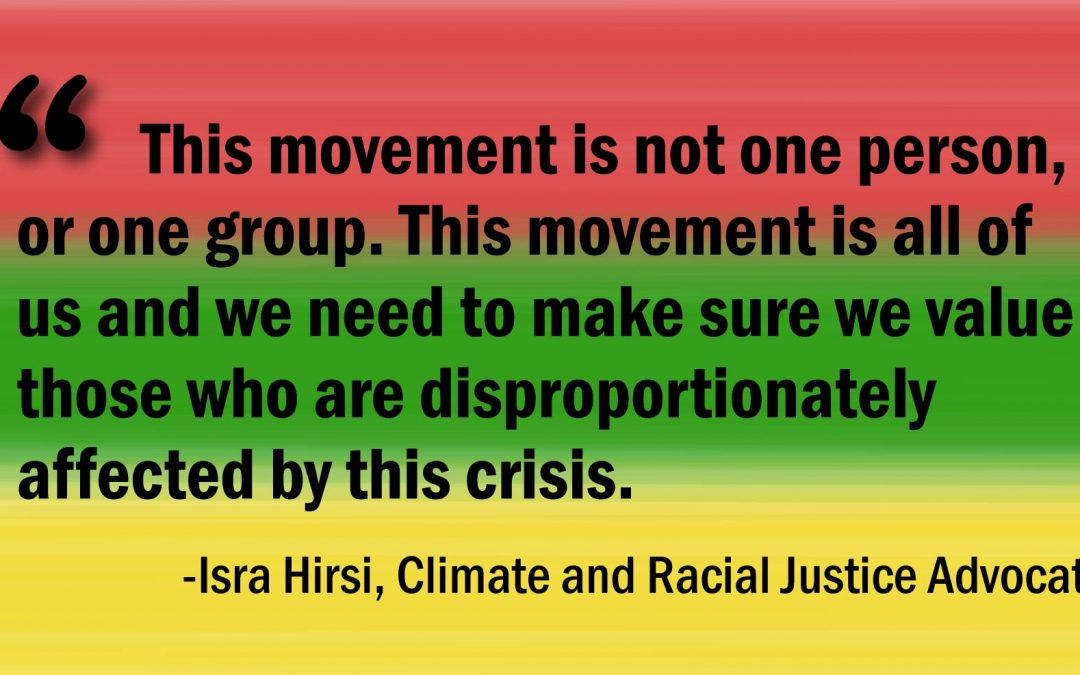As we are nearing the end of Black History Month, I think of the past, present and future. Growing up, Black History Month was not something we celebrated or even talked about in my mostly all white elementary school. My son, on the other hand, is learning about the civil rights movement, Black Lives Matter movement, and the history of slavery. They are fourth graders learning history in a different way – by building connection to each other and seeing how past movements inspire current activism. They are learning about their responsibility to each other, to their communities and to understanding history to change the future. They are learning to be anti-racists, it is not a straight line on this journey; this is just the beginning.
As an adult I am trying to re-educate myself on history, on movements, to learn Black History and how white supremacy has played out over generations. I am inspired by everyday people who sat down, stood up, or spoke out. Some whose names and faces we will never know and they changed both the past, present, and future.
Part of white supremacy is erasing this history. Erasing the contributions of so many and focusing on individual accomplishments – thinking that we have to be exceptional to make a difference – that history is made only by exceptional individuals and that we have to win to make a difference. Yes, individuals are important, but it is the development of community and activist movements that make lasting change. It’s people working together to use their collective power to challenge the status quo.
As I become willing to let go of my old ideas about who is a leader/hero and what is success, I can better recognize everyday courageousness. I can see the collective as more important than the individual. We are no longer alone. We are part of history unnamed and unacknowledged and yet part of a powerful movement toward justice.
Merf Ehman
Executive Director

Recent Comments